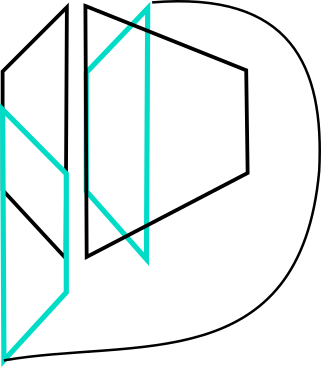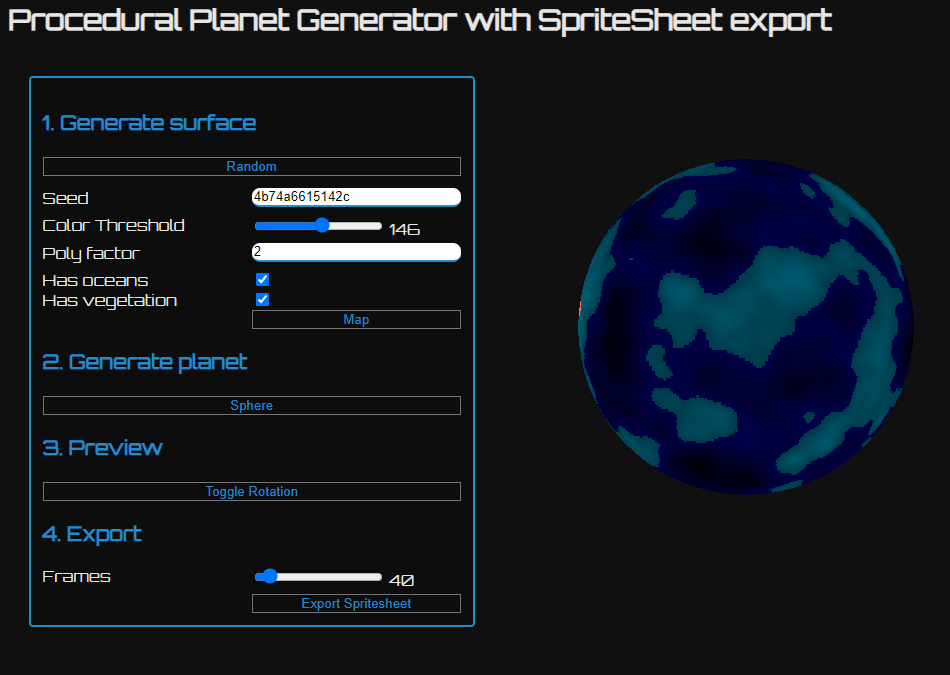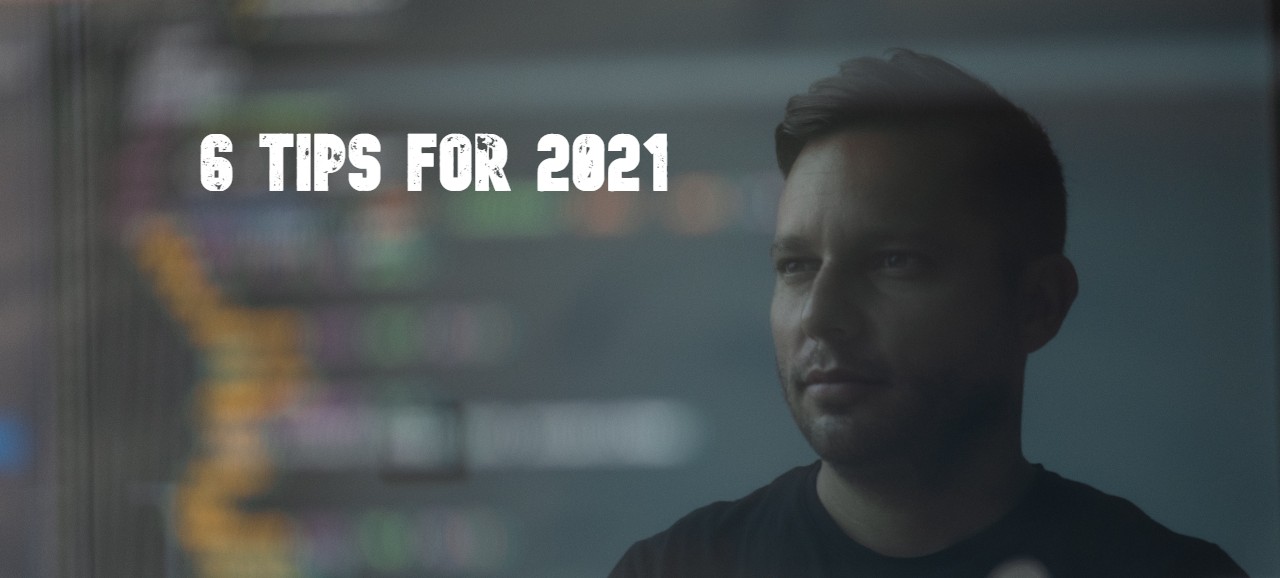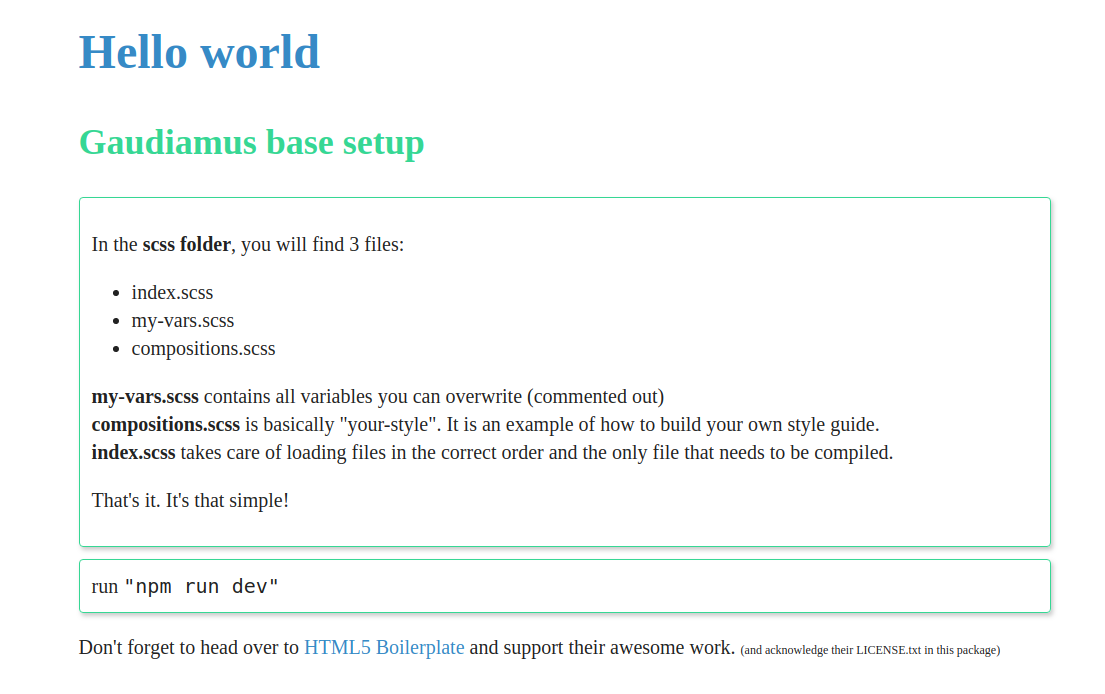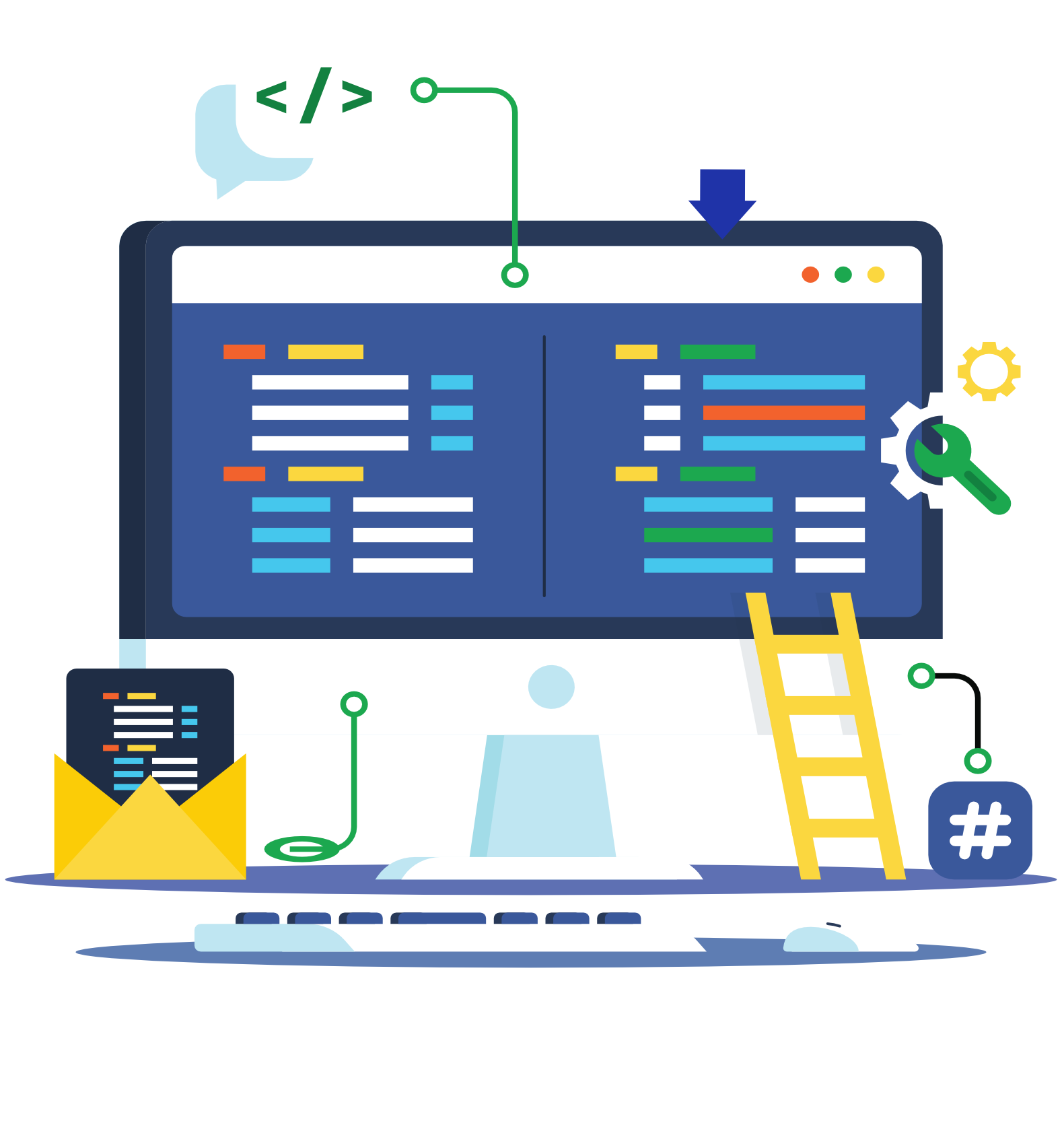What is blua.blue?
Dubbed a "Content Enablement Platform", blua.blue is an open source CMS with the capabilities to be used as
- hybrid
- headless
- decoupled or
- coupled CMS
In our scenario, we are using it as headless CMS and build a simple personal blog.
Preparation
When we grow, we will want to run our own installation of blua.blue. For now, registering here will be enough. In order to test our blog, let's write a sample post. The things we want to ensure for now are
- unchecking the "Appear in search & make public" checkbox and
- using "WYSIWYG (HTML)" as content type ( dropdown choice when clicking "add new content")
Once this is done, let's jump to our IDE
Install the PHP SDK
Using composer, we install the PHP SDK for blua.blue
composer require blua-blue/blua-blue-php-sdk
and then our templating:
composer require neoan3-apps/ops
Our blog setup
Our project will consist of only two templates and one PHP file:
templates/overview.html
templates/article.html
index.php
The overview HTML template can look however you want to. For now, I will start as simple as this:
<!DOCTYPE html>
<html lang="en">
<head>
<meta charset="UTF-8">
<title>My blog</title>
</head>
<body>
<div n-for="articles as article">
<a href="index.php?article={%7Barticle.slug}}">{%7Barticle.name}}</a>
</div>
</body>
</html>
Note how we use two things you might notice: n-for will iterate over articles for us while the curly braces substitute values for us just like in many other concepts you might be familiar with.
In order to better understand this, let's look at our initial index.php
<?php
// required for Ops
define('path', __DIR__);
require path . '/vendor/autoload.php';
// use your own credentials
$userName = 'demo';
$password = 'sampleUser1';
// initiate SDK
$client = new \BluaBlue\Client($userName, $password);
// render overview.html with article list
echo \Neoan3\Apps\Ops::embraceFromFile('templates/overview.html',[
'articles' => $client->getArticleList(0,300,$userName)
]);
We should already have output at this point. However, as indicated by the links in our template, we should probably account for the GET parameter "article" to be set or not. Let's first create a simple article template:
<!DOCTYPE html>
<html lang="en">
<head>
<meta charset="UTF-8">
<title>{%7Bname}}</title>
</head>
<body>
<h1>{%7Bname}}</h1>
<p n-for="content as part">
{%7Bpart.content}}
</p>
</body>
</html>
and then add the rendering option to our index.php
if(isset($_GET['article'])){
// render article page
$article = $client->getArticle($_GET['article']);
echo \Neoan3\Apps\Ops::embraceFromFile('templates/article.html', $article );
}
Our complete index.php could look something like this:
<?php
// required for Ops
define('path', __DIR__);
require path . '/vendor/autoload.php';
// use your own credentials
$userName = 'demo';
$password = 'sampleUser1';
// initiate SDK
$client = new \BluaBlue\Client($userName, $password);
if(isset($_GET['article'])){
// render article page
echo \Neoan3\Apps\Ops::embraceFromFile('templates/article.html', $client->getArticle($_GET['article']));
} else {
// render overview.html with article list
echo \Neoan3\Apps\Ops::embraceFromFile('templates/overview.html',[
'articles' => $client->getArticleList(0,300,$userName)
]);
}
And that's it. You can now start designing, creating menus and improve on what we have.
